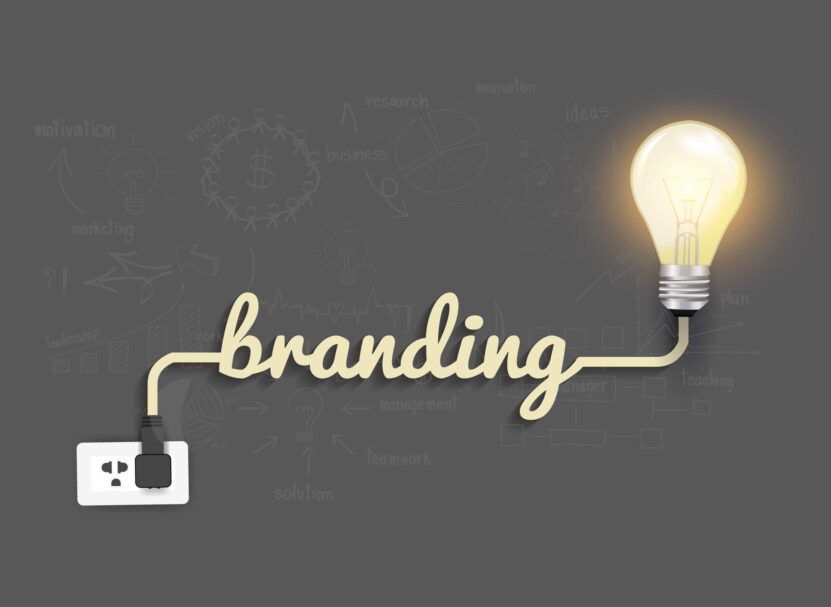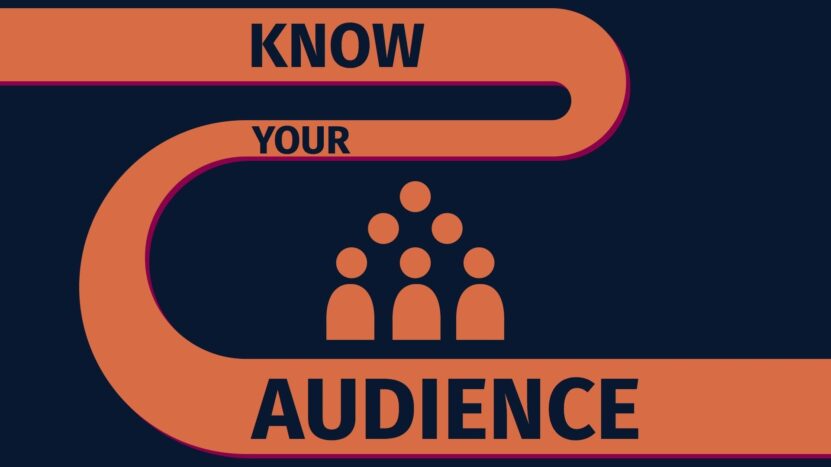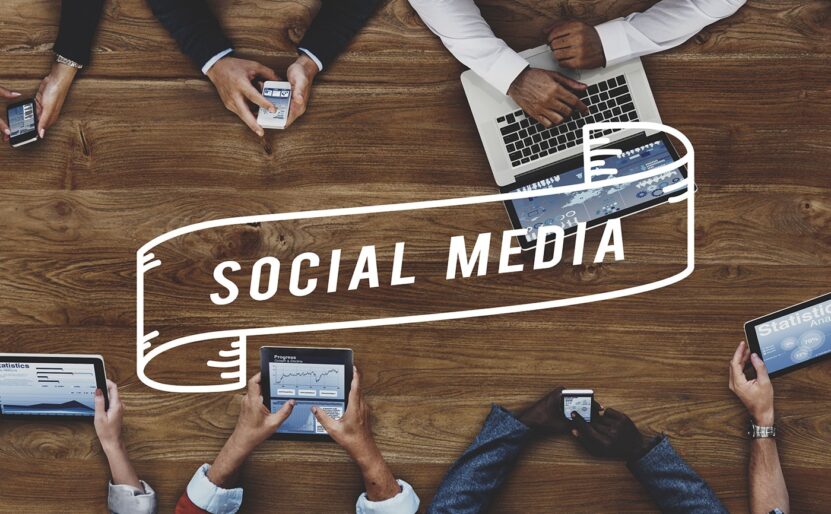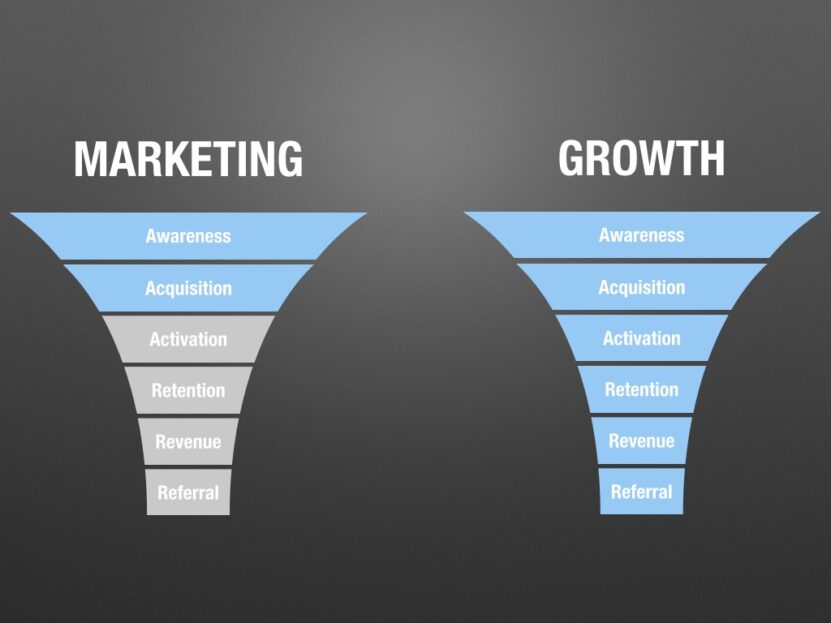Marketing is often misunderstood as just advertisements and social media posts. But the truth is, it’s what breathes life into a brand. Whether you’re launching a startup or trying to reposition an existing company, marketing is what takes your name from unknown to unforgettable.
From visuals and messaging to audience insight and influencer partnerships—every effort compounds over time to grow awareness, credibility, and loyalty.
Key Highlights
- Branding creates recognition and emotional connection with customers
- Strong visual content reinforces identity and keeps your brand top of mind
- Storytelling humanizes your company and makes it relatable
- Understanding your audience guides strategic marketing decisions
- Online presence builds credibility and long-term awareness
- Consistent messaging helps you stay recognizable across platforms
How Branding Builds Lasting Recognition

Branding is your business’s fingerprint—it tells people who you are before you even say a word. It’s not just your logo or your font choice. It’s the combination of your tone, style, message, and personality that people come to recognize and associate with a certain feeling.
If you look at brands like IKEA or Patagonia, there’s an immediate sense of familiarity. That didn’t happen by chance. It came from years of consistent visual and verbal identity, clear values, and a customer experience that aligns with their message.
So, what can you do as a growing brand?
- Document your style: Have a brand guide—even if it’s just a one-pager. Outline colors, typefaces, tone of voice, and value messaging.
- Stay consistent: Don’t look and sound one way on Instagram and another on your website. Recognition takes repetition.
- Build emotional association: People may forget what you said, but they remember how your brand made them feel.
The Role of Visual Content in Marketing

Visuals are often the first thing someone sees when they encounter your brand. And in today’s crowded online world, first impressions don’t come with second chances. That’s why visual content is more than just design—it’s strategy.
Think of how a product photo on your homepage, a short branded video on Instagram, or even your email layout can shape perception. All of these visuals reinforce how trustworthy, current, and appealing your brand appears.
Strong visual content should:
- Be platform-appropriate: Use vertical formats for TikTok or Reels; opt for horizontal or square images for emails and website headers
- Prioritize clarity: Avoid over-design. Make it easy for viewers to know who you are and what you offer
- Enhance, not distract: Don’t let flashy effects or cluttered graphics pull focus from your message
Design isn’t decoration—it’s communication.
A video production company, like Levy Production Group, can help improve your company’s efforts by creating visuals that connect with your audience, making your message clear and impactful.
They specialize in crafting engaging visuals that align with their clients’ business objectives and building a stronger connection with their audience. High-quality videos can capture the essence of your products, services, and values, drawing in potential customers and leaving a lasting impression.
Storytelling: Crafting a Narrative Around Your Company

If you want to create brand loyalty, tell your story. Storytelling helps your business stand out in a sea of similar offers. A good narrative explains not only what you do, but why you do it, and why it should matter to the person reading.
Let’s say you’re a company that sells handmade notebooks. Anyone can buy a notebook at the store. But if your brand story includes how you started as a journaling enthusiast during a tough time in your life, and how each product is made with emotional healing in mind, now you’re selling something more—meaning.
Your story doesn’t have to be dramatic. Just honest. Use your:
🛠️ Founding journey
🎯 Purpose and mission
💬 Customer experiences or transformations
The most effective brands make people feel like they’re part of something.
How Knowing Your Audience Fuels Brand Growth

One of the biggest marketing mistakes businesses make is trying to talk to everyone. When you try to appeal to everyone, you end up resonating with no one. Knowing your audience allows you to make better decisions—about messaging, pricing, product features, even where you advertise.
Here’s how to get started:
- Segment your market: Who are your current buyers? Are they 20-somethings in cities? Are they working parents in suburbs?
- Create personas: Give them names, occupations, goals, and struggles. Then test your messaging against those profiles.
- Listen actively: Run polls. Read comments. Check reviews. Your audience will tell you what they need—if you listen.
For example, Gymshark didn’t grow by targeting “everyone who likes fitness.” They zeroed in on young, social media-savvy fitness enthusiasts and built a brand image that directly matched that lifestyle—both in tone and design.
Digital Presence: Building an Online Reputation
In 2025, your digital presence is your storefront. People might hear about you through word of mouth, but their next move is almost always online. If your brand looks outdated, inconsistent, or difficult to trust, they’re clicking away before you ever know they visited.
Start by:
📱 Optimizing your website for mobile use, fast load times, and a clean layout
📍 Claiming your Google Business Profile if you have a physical location
🗂️ Maintaining active listings across directories relevant to your niche
✍️ Publishing helpful content that answers common customer questions
Don’t forget: your digital reputation is also shaped by how you respond to reviews and inquiries. Show you care, even in criticism.
Social Media Strategies: Connecting with Your Community

Think of social media less as a sales platform and more as a community builder. When brands treat their followers like people—not just potential buyers—they earn loyalty that no ad campaign can buy.
To keep your social media authentic and effective:
- Be present where your audience hangs out (Instagram, LinkedIn, YouTube—don’t try to be everywhere)
- Create content with your audience: run polls, share UGC, answer comments
- Use tools like Instagram Stories or LinkedIn posts to pull back the curtain on your team, process, or products
You don’t need a massive following. You just need people who care about what you’re doing and feel like they’re part of the journey.
The Importance of Consistent Messaging Across Channels
Your customer might hear about you through an email, see you on Instagram, then visit your website before buying. If your tone, promises, or style change across those touchpoints, it creates friction. People don’t know what to expect—and that’s the enemy of trust.
Practical ways to maintain consistency:
- Use the same tagline, tone, and value proposition across your homepage, social bios, and ads
- Make sure your brand values show up in every communication—from email subject lines to customer service replies
- Audit your messaging quarterly to ensure it still matches your business direction
Think of your brand as a person. People trust those who speak clearly and consistently, not those who shift tone or story depending on the room.
The Impact of Influencer and Affiliate Marketing

Influencer and affiliate marketing aren’t just passing fads—they’re strategic tools for building trust at scale. In a world where buyers are skeptical of traditional ads, hearing about a brand through someone they already follow and respect can be a game-changer.
But here’s the thing: not all influencers will work for your brand, even if they have huge followings. Relevance matters more than reach. It’s not about finding the loudest voice—it’s about finding the voice that speaks to your audience with authenticity.
Before diving into a partnership, ask yourself:
- Does this creator reflect our brand’s values and tone?
- Is their audience aligned with the type of customer we’re trying to reach?
- Are they open to genuinely using and reviewing the product, not just posting for a paycheck?
Affiliate marketing takes a slightly different route but offers similar benefits—especially for e-commerce brands. It allows you to grow a network of promoters who earn a commission only when they help you convert. This makes it low-risk and performance-based.
If you’re launching a new product, affiliate partners can help you reach niche communities you’d otherwise struggle to access on your own—like bloggers in wellness, email list owners in personal finance, or YouTubers in tech reviews.
Imagine you’re launching a line of biodegradable cleaning supplies. Partnering with a lifestyle influencer who posts weekly content about sustainable living and DIY home care is likely to drive far better results than someone with a generic lifestyle blog and broad, disconnected topics.
Here’s what works best in both influencer and affiliate marketing:
- Build relationships over time, not one-off deals
- Give creators creative control to maintain authenticity
- Track results and optimize by partner, not platform
Remember: when the voice feels genuine, the trust transfers naturally. That’s the true power of these marketing channels—not just reach, but resonance.
Final Thoughts
Marketing is the long game. It’s how a brand introduces itself, builds trust, and earns the right to stick around. From building a strong brand identity and telling a story, to understanding your audience and showing up consistently online—these steps all compound over time.
You don’t need to do it all at once. But you do need to start. And when done right, marketing doesn’t just grow your brand—it defines it.









